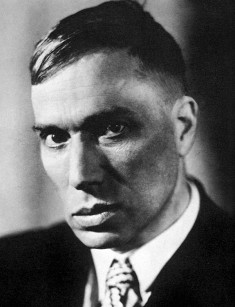
Boris Pasternak: biography
Boris Leonidovich Pasternak is one of the few literary masters awarded with the Novel prize. His poems and translations are a treasured part of the Russian and foreign literature.
Boris Pasternak was born into an intelligentsia family on February 10, 1890, in Moscow. His mother was a pianist whose career began in Odessa – the family had left the city before. His father was an artist and member of the Academy of Arts. Some of his paintings had been purchased by a famous patron of the arts for the Tretyakov Gallery. Boris’s father was on friendly terms with Leo Tolstoy and illustrated his books. Boris was the first child – three more children were born afterward.
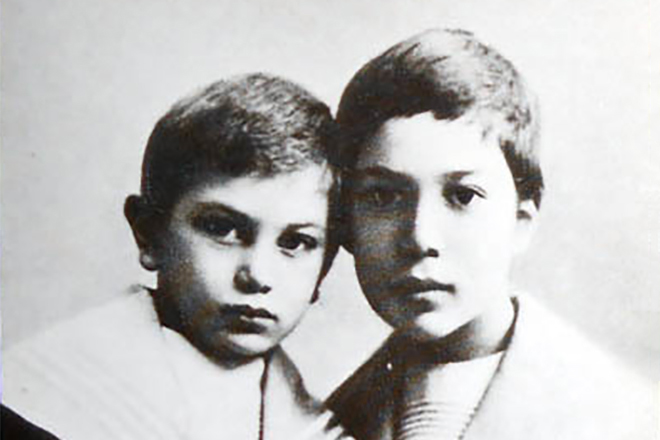
Since childhood, the poet was surrounded by the creativity-inspiring atmosphere. The parental house was open to various famous persons. Leo Tolstoy, the composers Skryabin and Rachmaninoff, the artists Ivanov, Polenov, Nesterov, Ge, Levitan, and others were welcomed here. Interaction with them made an impact the would-be poet.
For the boy, Skryabin acquired authority: with the composer’s influence, he was fond of music for a long time and dreamed to follow in the footsteps of his teacher. Boris was a top student, finished the grammar school with a gold medal, and simultaneously studied at a conservatory.
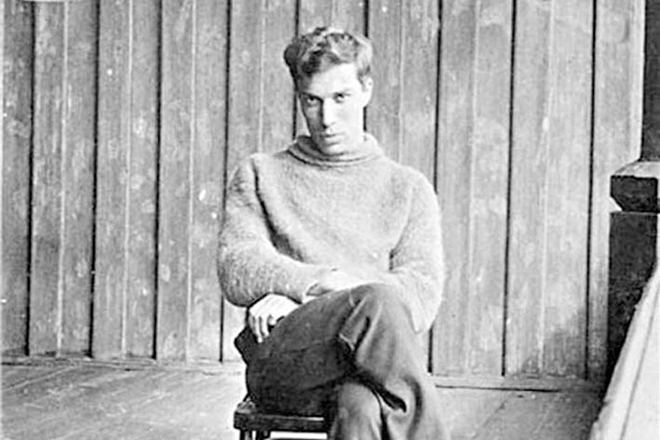
Throughout his life, Pasternak often had to make a choice, and this choice was usually difficult. The first decision of this kind is giving up the music career. Later, he explained this situation that he had no perfect pinch. Goal-oriented and industrious, he made perfect work whatever he was busy with. He realized that, despite his deep love of music, he would never succeed in music.
In 1908, Boris became the student of the law department of the Moscow University; in a year, he made a transfer to the philosophical department; all his grades were excellent. In 1912, he entered Margburg University. In Germany, everybody expected him to have a successful career, yet out of a sudden, Pasternak decides to become a poet, not a philosopher.
First steps in artwork
The first attempt in writing pertains to 1910 – the early poems are created under the impression of the family trip to Venice and rejection of a girl Pasternak proposed. One of his colleagues wrote that the form of those poems was childish, yet they were truly meaningful. Having come back to Moscow, Pasternak became the member of the literary groups “Lirika” (“Lyrics”) and “Musaget” where he recited his poems. Symbolism and futurism attracted him at first, but later he chose the independent from any literary trends path.

1913-1914 were full of art-related events. Several poems by Pasternak and the book of poems “Twin in the Clouds” were published. The self-rigorous poet was convinced his pieces of writing were not good enough. In 1914, he met Mayakovsky whose art and strong personality affected Pasternak greatly.
In 1916, Pasternak lived in Perm province, the Ural village Vsevolodo-Vilva where Boris Zbarsky, the chemical factory administrator, invited him. Pasternak worked as a business correspondence assistant in an office and performed trade and financial reporting. According to a widespread opinion, Yuriatin described in the famous novel “Doctor Zhivago” is the prototype of Perm. Pasternak visited Bereznikovskiy soda factory on the Kama; impressed by what he had seen, he called the factory and the nearby European-like village “a small industrial Belgium” in his letter to S.P. Bobrov.
Artwork
Creating art is a wonderful process. For some, it is easy and joyful, for others, it is a hard work demanding great endeavor to achieve one’s goal and make the result ideal. Boris belonged to the second type of people. He worked hard and refined phrases and rhymes thoroughly. He considered the collection “My Sister – Life” published in 1922 his first achievement in literature.
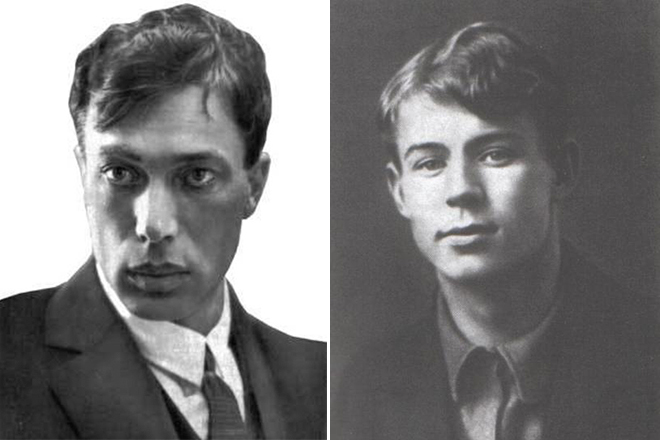
It is interesting, even funny fact that Sergei Yesenin did not like Pasternak’s works, and on this ground, they were engaged in the open confrontation. Once the poets had a fight which is described in Kataev’s memories: he called Yesenin “prince” and Pasternak – “mulatto.”
“The prince was holding the intelligentsia mulatto’s suit with one hand and tried to punch his ear with another while the mulatto – as people used to say in those times, looked like an Arab and his horse, with his face burning, in a fluttering jacket, buttons ripped off – was trying intelligentsia-clumsily to maneuver and poke the prince in his cheekbone, failing.”
In the 1920s, there were many significant events: parents’ emigration to Germany, marriage to Evgenia Lurie, publication of new collections and poems.
The Soviet period
At the beginning of the 1930s, the authorities accepted Pasternak and his art. His collections of poems were republished annually, and he was considered to be the best poet of the country. In 1934, Pasternak delivered a speech at the Soviet Writers Congress; in 1935, he went to Paris to the International Congress of Writers. During this journey, he had a nervous breakdown and complained about insomnia and shattered nerves.
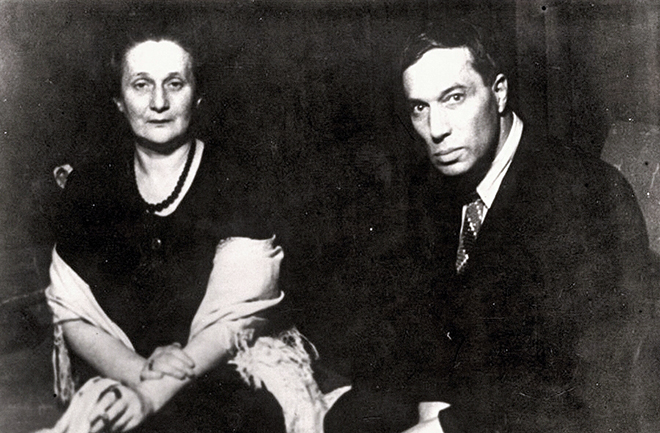
In the same year, Pasternak advocated for Anna Akhmatova’s son and husband who had been arrested and set free after his letters to Stalin. In return, in December 1935, the poet sent Stalin the book with the Georgian poets’ lyrics translation as a present. In a cover letter, he thanked him for “the lightning-quick release of Akhmatova’s relatives.”

In January 1936, two poems in which the poet admires Stalin were published. In spite of these efforts, the authorities did not forgive Pasternak for his protectionism of Akhmatova’s family, Gumilyov, and Mandelstam. In 1936, he was almost excluded from the literary life, accused of remoteness from life, and the wrong worldview.
Translations
Pasternak became famous not only as a poet but also a master of foreign poetry translation. As the country’s authorities changed their attitude toward him, his works were not republished, and he was left destitute. Thus, the poet had to work with translations: he treated them as self-sufficient artworks and polished them trying to make them perfect.
He began to work on translations in 1936 at his summer house in Peredelkino. Pasternak’s works are considered equal to the originals of the greatest books. Translations became not only the opportunity to support his family under the given circumstances but also the way to self-actualize himself as a poet. Shakespeare’s works translated by Boris Pasternak are classic.
War
As the result of the childhood trauma, Pasternak was not to be mobilized, but the poet could not remain indifferent to the events. Having finished the courses, he obtained the status of a war correspondent and went to the front. Upon his return, he created a collection of patriotic poems.
In the post-war period, Pasternak was working hard on translations since they continued to be his only source of income. He wrote little poetry – he spent all his time on translations and new novel; he also worked on the translation of Goethe’s “Faust.”
“Doctor Zhivago” and persecution
The novel “Doctor Zhivago” is one of the most important prosaic works of the poet. To a large extent, it is an autobiography – Pasternak had been creating it for ten years. The main female character’s prototype was his wife Zinaida Pasternak (Neigauz). After the poet had met Olga Ivinskaya, the new muse, the work on the book became much more productive.
The narration of the novel lasts from the beginning of the century to the World War II. The title of the book was being changed in the course of time: at first, it was entitled “Boys and Girls,” then “The Candle Burned” and “There is No Death.”
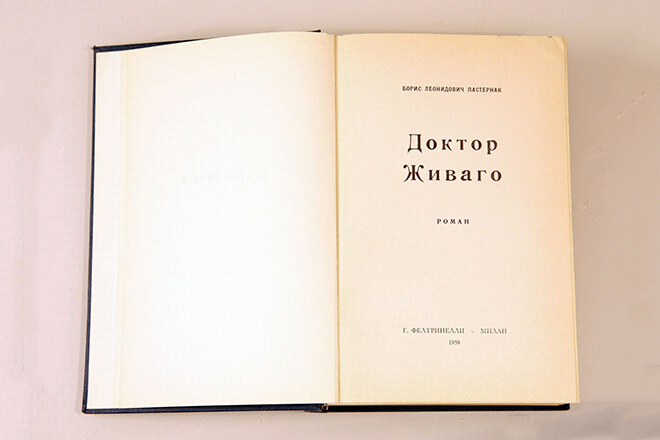
Because the writer told the truth and expressed his opinion about the events of those years, he was persecuted harshly, and “Doctor Zhivago” was not accepted by the country’s authorities. In the USSR, the novel was not published, yet it was appreciated abroad. Published in 1957 in Italy “Doctor Zhivago” received tons of readers’ positive reviews and became a sensation.
In 1958, Pasternak was awarded the Nobel prize. The novel was translated into different languages and published in Germany, Great Britain, and Holland. The Soviet administration had been trying to confiscate the manuscript and ban the book, but its popularity was only growing.

That the world acknowledged his talent was the greatest joy and grief for the writer. Not only the authorities but also his colleagues bullied him. The accusatory meetings were held in factories, institutes, creative groups, and other organizations. The collective letters demanding to punish the poet were being written.
It was suggested that he should be ordered out of the country, but the poet could not imagine his life without his homeland. His bitter feelings were expressed in the poem “The Nobel Prize” (1959) which was also published abroad; he was almost accused of treason for this work. Urged by the mass campaign, he had to decline the prize. Boris Leonidovich was excluded from the Union of Soviet Writers, but he remained in Litfond, continued to be published, and earned money.
Poems
In his early poems, the impact of symbolism is traced – they are notable for complex rhymes, unclear images, and comparisons. During the war, his style changed dramatically – the poems became easy, comprehensible, and easy to read. It is characteristic of his short works: “March,” “Wind,” “Hops,” “Hamlet.” Pasternak is genius because even his short poems contain deep philosophical meaning.
The work created in 1956 pertains to the latter period of his art when he lived and worked in Peredelkino. While the early poems were elegant, later, they become socially oriented.
The poet’s favorite topic is the unity of a human being and nature. “July” is one of the examples of the fascinating landscape lyrics in which the author admires the beauty of the gorgeous seasons.
In his last collection, the poem “Snow is Falling” created in 1957 is included. The work consists of two parts: the landscape sketch and philosophical reflection on the meaning of life and its brevity. The line “The day lasts more than a hundred years” from the poem “Unique Days” (1959) in the same collection became the winged phrase.
Personal life
Boris Pasternak’s biography would be incomplete without the description of his personal life. The poet was married twice, in his youth and at a mature age. He also had a third love.
All his women were muses – they gave him happiness and were happy with him. His creative, enthusiastic nature and colorful emotions were the reason for the instability of his personal relationships. He did not lower himself to cheating, but he could not remain faithful to a single woman.

His first wife Evgenia Lurie was an artist. He met her in 1921 and believed their meeting was symbolic – he was finishing his novella “Zhenia Luvers’ Childhood” in which the main character was the personification of a young female artist figure. The character’s name was also Evgenia. Sensitivity, tenderness, and elegance were wonderfully intertwined with commitment and self-sufficiency. The young woman became his wife and muse.
This meeting made the poet feel elation; Boris was genuinely happy. The couple had a son – Evgeni. Strong mutual feelings salved difficulties at first, but little by little, poverty and life hardships made an impact on their family well-being. Evgenia sought for self-actualization as an artist, so Pasternak took a part of family responsibilities.

The relationship deteriorated when the poet began to write Marina Tsvetaeva. The wife was jealous and, desperate, went to Germany to Pasternak’s parent. Later, she gave up her talent realization and devoted herself to her family. However, by that time, the poet had a new lover – Zinaida Neigauz. He was 40; she was only 32 and had a husband and two children.
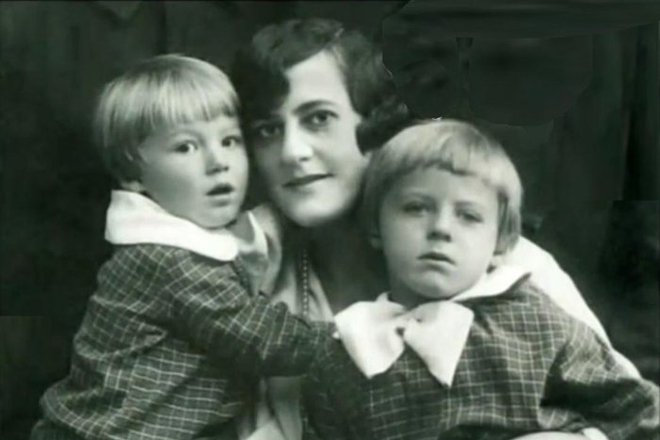
Neigauz was the polar opposite of the first wife: she was a good housekeeper and devoted herself to family only. She was not elegant as the first wife, yet Boris fell in love with her from the first sight. Her marriage and children did not stop the poet – he wanted to be with her by all means. Despite the breakup, Pasternak always helped his first family and maintained contact with it.
The second marriage was also happy. The caring wife provided comfort and good conditions for work. The poet’s second son Leonid was born. Just like with the first wife, the happiness lasted about ten years. After the relationship became colder, Pasternak met the new muse and the editor of the magazine “Novy Mir” (“The New World”) Olga Ivinskaya.
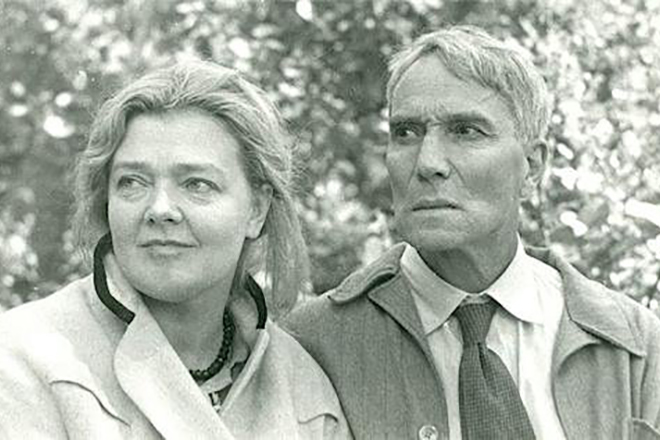
Because Boris did not want to leave his life, he tried to break up with Olga. In 1949, for her relation to the disgraced poet, Ivinskaya was arrested and sent to a camp for 5 years. For all this time, Pasternak helped her mother and children financially.
The harsh ordeals reflected on his health. In 1952, he had a heart attack. Having come back from the camp, Olga unofficially worked as Pasternak’s secretary. They did not separate till his last days.
Death
Colleagues’ and society’s bullying destroyed Pasternak’s health. In April 1960, he had a serious oncological illness with metastasis in the stomach. Zinaida was present at the sick Pasternak’s bedside.

At the beginning of May, he realized that the disease was incurable and he should prepare for death. On May 30, 1960, he passed away. 6 years later, Zinaida died – the reason for her death was the same.

Despite the authorities’ attitude, many people attended Pasternak’s funeral, Andrei Voznesensky, Bulat Okudzhava, Nahum Korzhavin, and others were among them. Pasternak’s grave is in the cemetery in Peredelkino where all his family is buried. The sculptor Sarra Lebedeva created the monument for the grave.
Works
- “Twin in the Clouds”
- “Zhenia Luvers’ Childhood”
- “Three Chapters of a Novella”
- “Safe Conduct”
- “Over the Barriers”
- “Second Birth”
- “Georgian Lyric Poets”
- “On Early Trains”
- “When the Weather Clears”
- “Doctor Zhivago”
- “In the Interlude: Poems” in 2 volumes
- “Selected Writings”
- “Letters to Parents and Sisters”
- “Boris Pasternak’s Letters”





